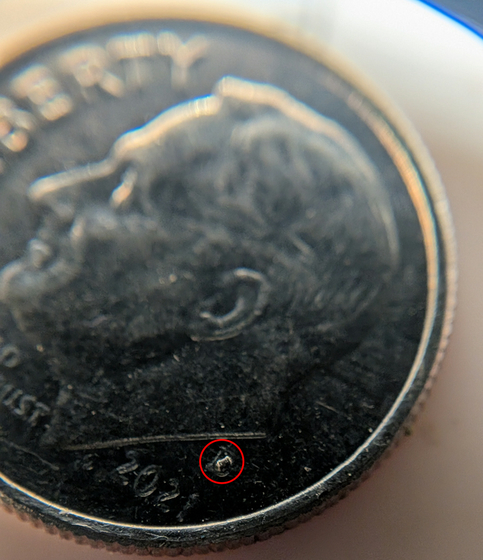The 'f32' is an ultra-compact ESP32 development board that fits behind a USB-C port.

Samsung engineer
GitHub - PegorK/f32
https://github.com/PegorK/f32
The f32 measures just 9.85mm x 8.45mm and is powered by the ESP32-C3FH4 microcontroller. It was developed primarily for research purposes and as part of a stress test to push the limits of ESP32 performance by deliberately ignoring standard design guidelines.

The board only has one general-purpose input/output (I/O) connected to an on-board LED, which is said to be one of the smallest commercially available, making it primarily suitable for Wi-Fi and web-based development.
Additionally, as an application for operational testing, a mechanism is built in that acts as a capital portal that directs users to a specific web page upon connection. When connecting to the f32 from a smartphone or PC via Wi-Fi, users are automatically directed to the control page, where they can use basic functions such as turning on the LED and scanning for nearby Wi-Fi networks.

Regarding communication performance, it has been demonstrated that by reinforcing the antenna circuit with a small wire, communication is possible at a distance of 120 feet (about 38.4 meters) in a clear area.
According to PegorK, the f32's printed circuit board (PCB) was designed using the PCB design software

The f32 design and parts list are available on GitHub. However, assembly is extremely difficult, requiring the use of extremely small components such as 01005 size (0.4mm x 0.2mm) resistors, and a microscope and high-quality tweezers are essential. PegorK recommends using flux extensively instead of stencils for assembly.

Related Posts:
in Hardware, Posted by log1i_yk







